Swap This for That: A Guide to Healthy Food Sensitivity Alternatives
Ali Segersten Apr 03, 2025 3 comments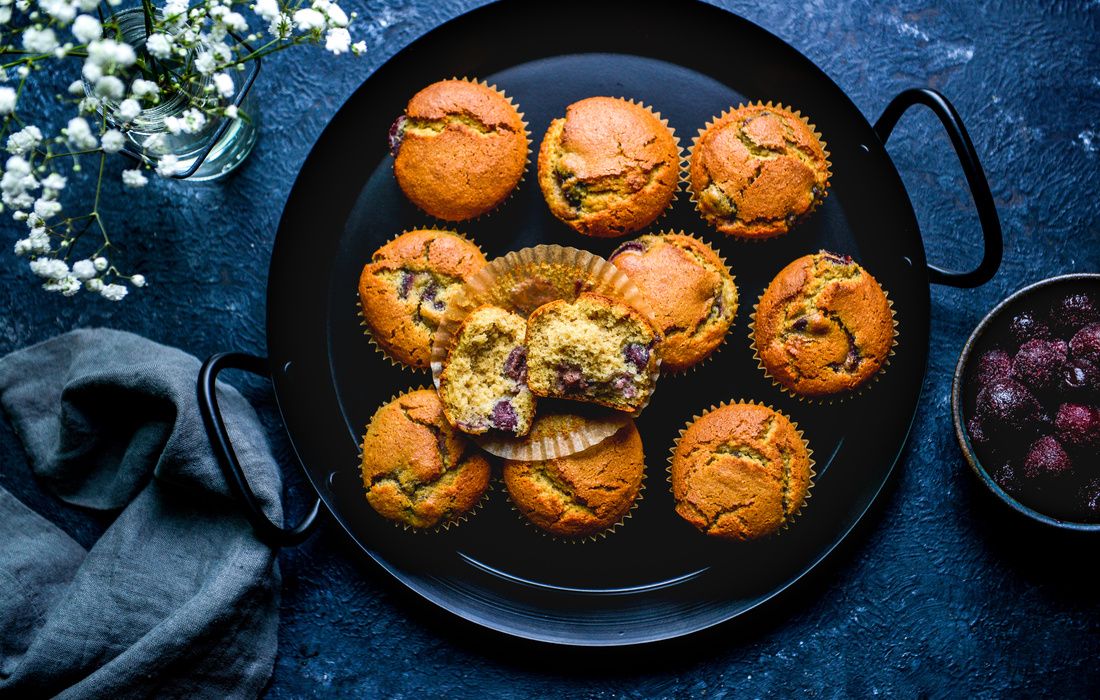
If you're walking the path of healing, there's a moment when you begin to see that what you remove from your diet isn’t just about restriction—it’s about making space for deeper nourishment. With each new nourishing food choice, you are rewriting old patterns. You are actively reshaping the story of your health. You are rewiring your body and brain toward the state of vitality and well-being you desire.
Welcome to Step #4 of our 12 Gifts of Health journey: Replace food sensitivities with nourishing alternatives. This is where things get both simple and delicious. It’s not about swapping one processed food for another with a “free-from” label. It’s about choosing real, whole foods that love you back—and creating a kitchen that supports your healing at the deepest level.
When you begin any type of healing elimination diet, remember: this is a commitment to your long-term well-being. Uncontrolled inflammation isn’t just discomfort—it’s the quiet fire that can lead to autoimmune disease, cognitive decline, heart disease, stroke, diabetes, thyroid dysfunction, gallbladder disease, arthritis, and so much more. So as you begin to explore new food swaps for old, familiar favorites, remember that with every bite, you are powerfully shifting your internal chemistry. You are turning down inflammatory pathways. You are turning on healing and anti-aging pathways. And you are creating a future self who feels more vibrant, resilient, and at home in your body.
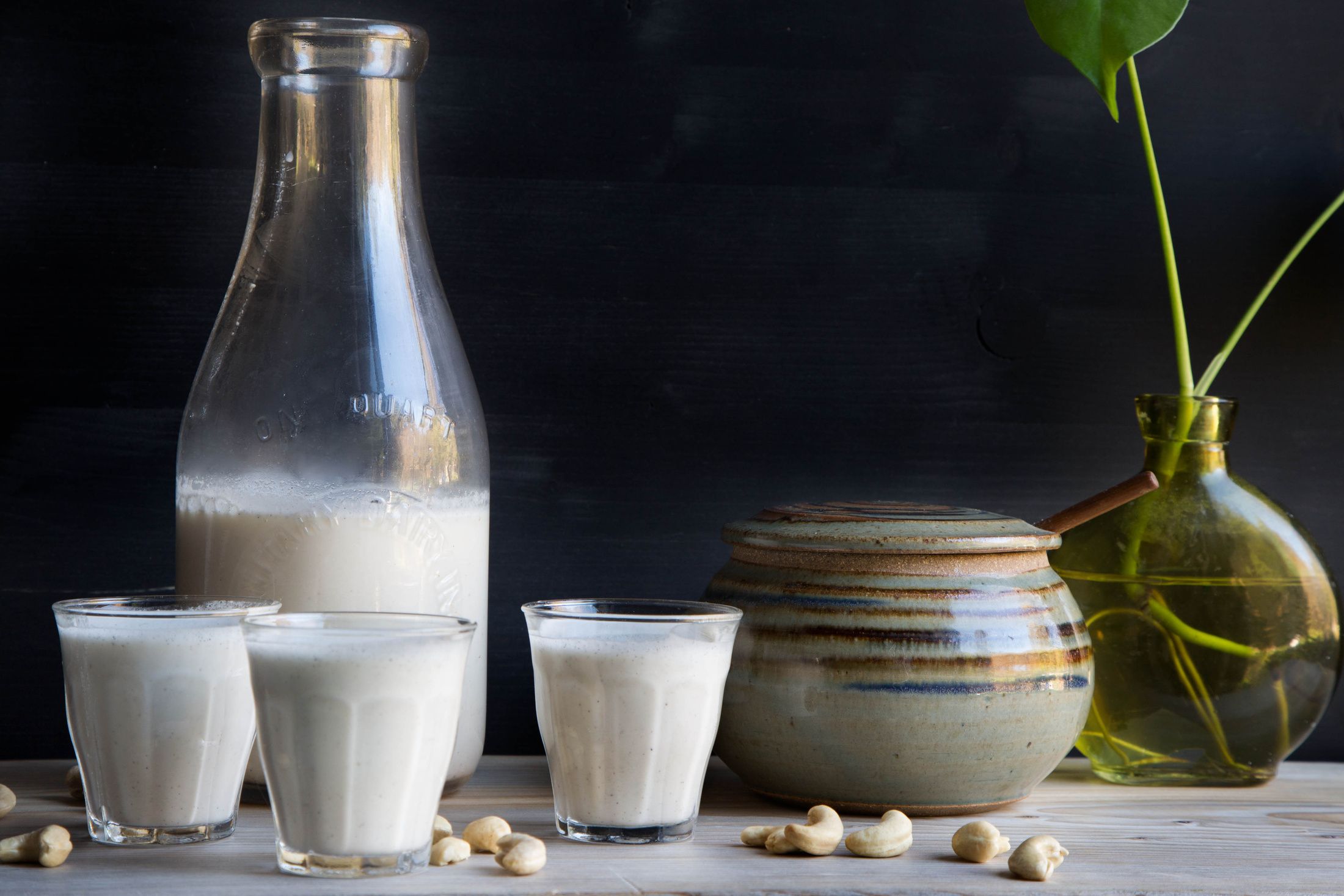
Gentle Food Swaps that Heal:
Here are some of my favorite real-food swaps that support healing while still feeling comforting and satisfying. Remember, eliminating certain food groups may not be forever. Some of these foods you may eventually be able to bring back into your diet. The elimination diet process is an experiment to understand how your body responds to certain foods, therefore, removing them for a minimum of 4 to 6 weeks to allow your system to reset is essential. This contrast will eventually allow you to continually choose the foods that are in alignment with your unique health needs.
🌿 Swap This For That!
✔️ Wheat Flour: Use Brown Rice Flour, Blanched Almond Flour, Tapioca Starch, or Buckwheat Flour (gluten-free & grain-free flours do best mixed with a starch to lighten up the baked good such as arrowroot, tapioca, or potato starch)
✔️ Cow’s Milk: Homemade Cashew Milk, Coconut Milk, or Unsweetened Homemade Almond Milk
✔️ Cheese: Cashew Cheese Sauce
✔️ Butter: Coconut Oil or Organic Palm Shortening
✔️ Buttermilk: Homemade Cashew Milk or Coconut Milk mixed with a few teaspoons of Lemon Juice or Vinegar
✔️ Yogurt: Coconut Milk Yogurt or Nut-Based Yogurts
✔️ Eggs (for baking): Flax Egg (1 tbsp ground flaxseed + 3 tbsp water), Chia Egg, or Unsweetened Applesauce
✔️ Soy Sauce: Coconut Aminos or a splash of Fish Sauce (if tolerated) for umami-rich flavor
✔️ Whipped Cream: Chilled Coconut Cream (whipped with a little vanilla and maple syrup)
✔️ Breadcrumbs: Crushed Grain-Free Crackers, Crushed Rice Cakes, Almond Flour, or Shredded Coconut (for crispy coating)
✔️ Cream (Heavy Cream): Coconut Cream or Cashew Cream
✔️ Wheat Pasta: Zucchini Noodles, Spaghetti Squash, or Brown Rice Noodles
✔️ Bread: Gluten-Free Flatbread or Yeast Bread or Lettuce Leaves or Napa Cabbage (stacked together)
✔️ Egg-Based Mayo: Mashed Avocado with Lemon or Egg-Free Cashew Mayo or Avocado Oil Vegenaise
✔️ Tortillas: Siete Grain-Free Tortillas or Homemade Brown Rice Flour Tortillas
✔️ Cane Sugar: Use Coconut Sugar, Raw Honey, Pure Maple Syrup, or Fresh Dates
✔️ Peanut Butter or Nut Butters: Use Sunflower Seed Butter (read labels to be sure it is sugar-free) or Homemade Pumpkin Seed Butter
🌿 More Swaps on our Member-Only Substitutions Page
And...for our Nourishing Meals® members! Explore our new Smart Substitutions page—oodles of practical tips, delicious swaps, and healing alternatives all in one place. Say goodbye to guesswork and hello to confident cooking!
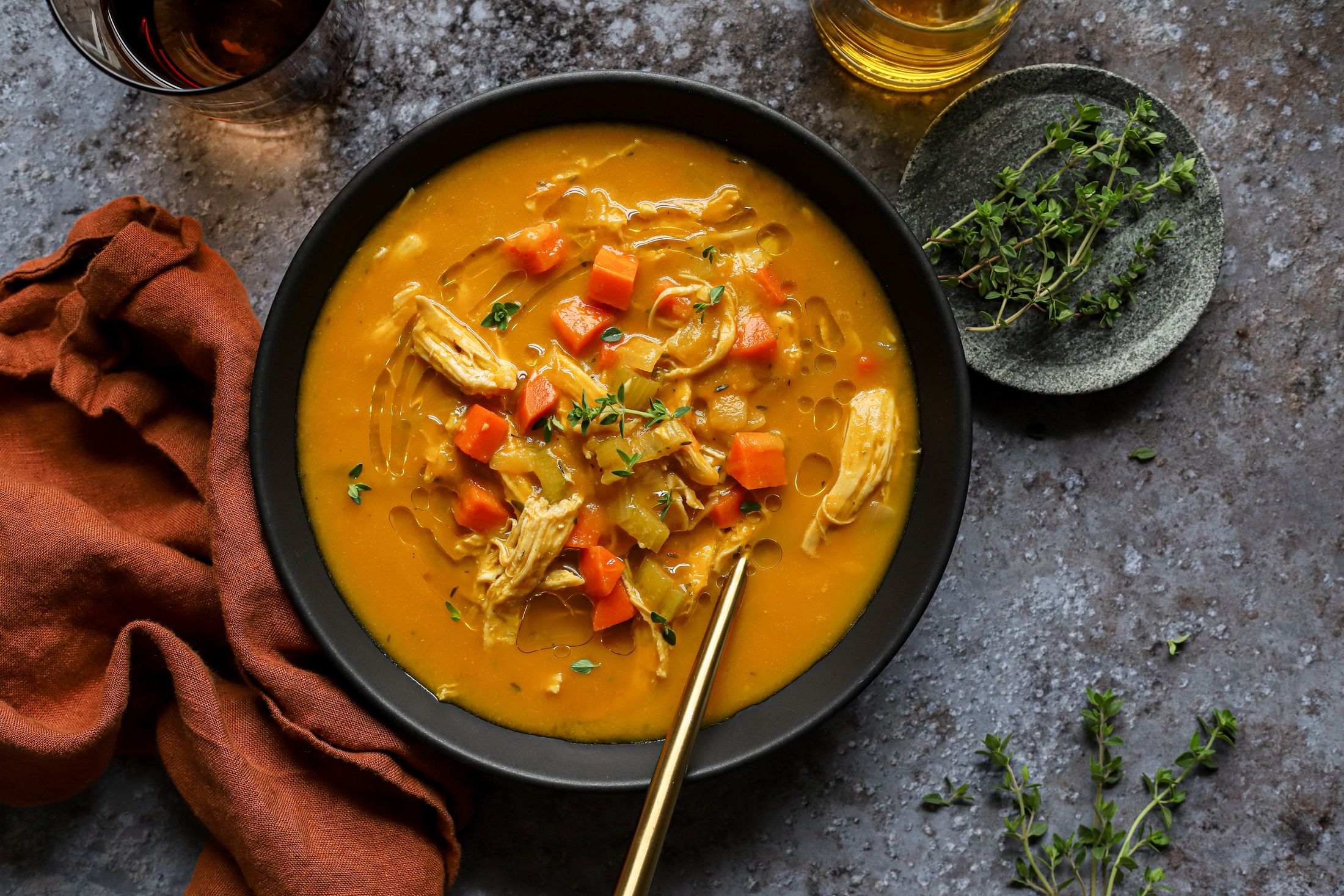
Why Replacing Is Just as Important as Removing
Removing inflammatory foods like gluten, dairy, soy, or corn is a foundational step and a powerful act of self-care. But the deeper healing happens when you replace them with foods that nourish, energize, and support repair on a cellular level.
Healing is about swapping out foods that trigger inflammation for nutrient-rich alternatives that support repair, resilience, and vitality. This is not about replacing gluten with ultra-processed gluten-free substitutes or turning to packaged dairy-free snacks. Instead, this phase is about embracing whole, unprocessed foods that work in harmony with your body’s healing needs.
Removing a food sensitivity is just the beginning. It's what you add in that builds the strength and transformation you are desiring.
Replacing doesn’t mean deprivation.
It means liberation.
It means reclaiming your power—one bite at a time.
The Kitchen: Your Sacred Healing Space
To set yourself up for success on any healing diet, one of the most empowering things you can do is upgrade your kitchen tools and begin embracing your kitchen as the epicenter of wellness. From this space, you’ll create meals that can repair your gut, restart your metabolism, and reduce or even remove chronic symptoms. A little effort and reorganization upfront can produce life-changing shifts.
It’s best to use cooking tools made from stainless steel, glass, cast iron, and wood. Consider removing items with non-stick surfaces, which can leach chemicals that negatively impact health.
Need support getting started? Read this post: Essential Cooking Equipment for Your Kitchen.
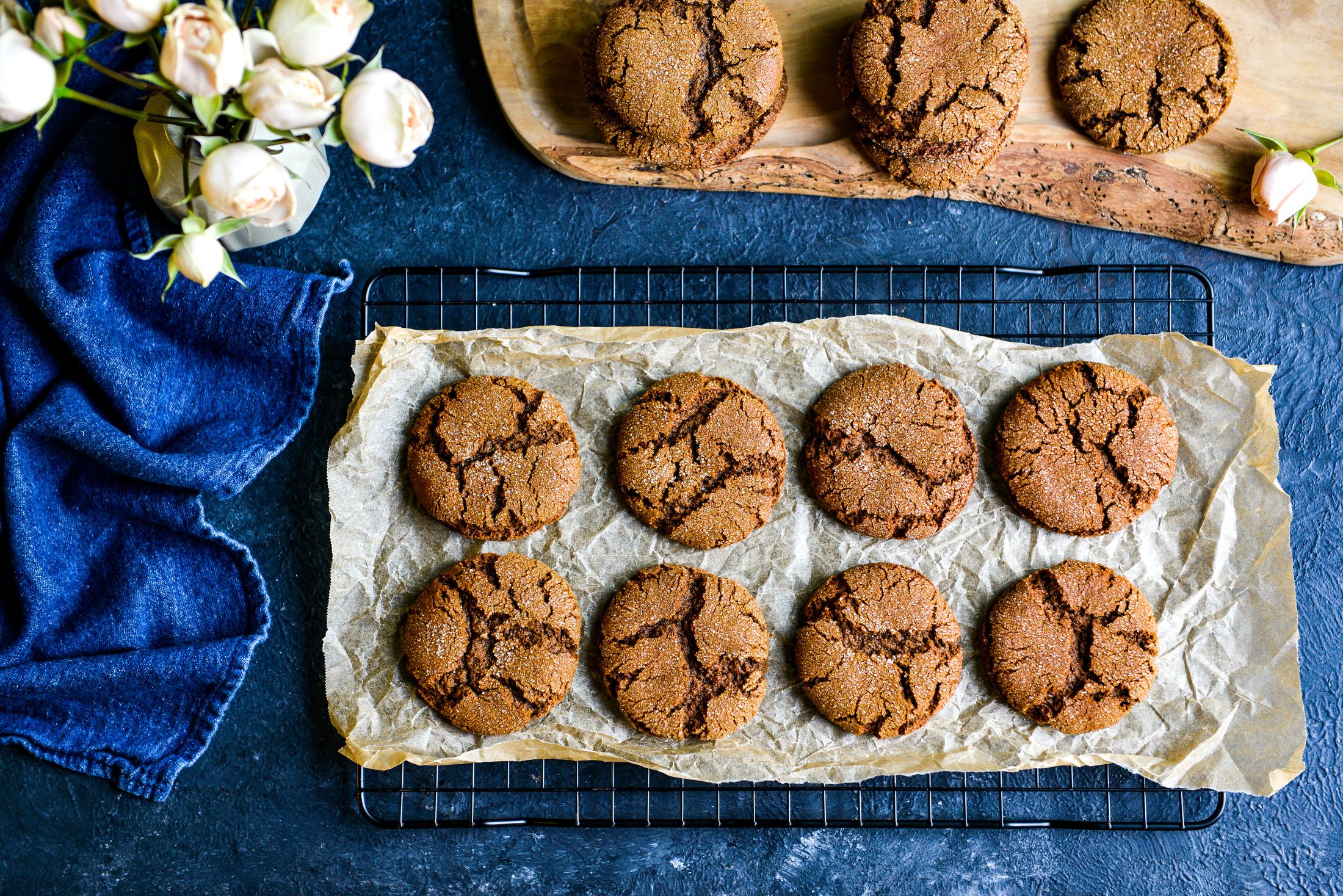
Get Support
These shifts don’t have to be overwhelming. In fact, you don’t need to figure it all out yourself. That’s exactly why I created our supportive Nourishing Meals® membership platform—to offer a gentle, structured, and deeply supportive space for healing.
Inside, you’ll find:
- Over 1,800 whole-food recipes, all tailored to special diets (gluten-free, dairy-free, low-FODMAP, Paleo, AIP, Vegan, SCD, Anti-Candida, and more)
- Customizable weekly meal plans and shopping lists
- A healing kitchen community to inspire and uplift your journey
Whether you’re just starting or ready to deepen your commitment to vibrant health, the portal will meet you exactly where you are.
A Loving Reminder
You are not defined by what you can’t eat.
You are being redefined by what you choose to nourish yourself with.
Take one swap at a time.
Let it feel like an act of devotion, not deprivation.
With each new nourishing food choice, remember you are rewriting old patterns and old wiring. You are rewriting the story of your health.
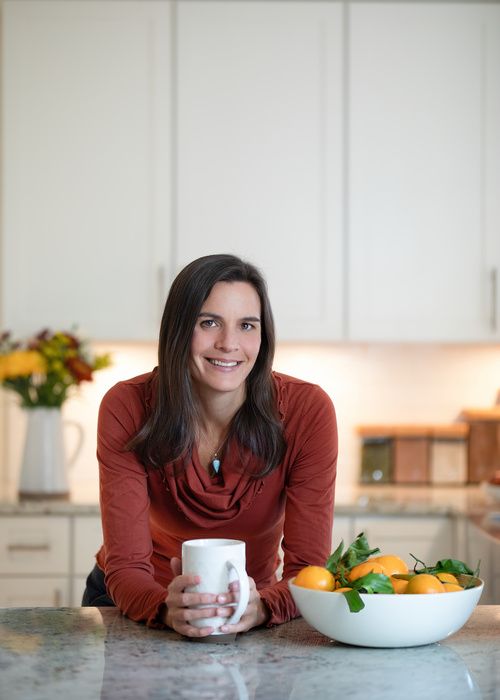
About the Author
Alissa Segersten, MS, CN
Alissa Segersten, MS, CN, is the founder of Nourishing Meals®, an online meal-planning membership with over 1,800 nourishing recipes and tools to support dietary change and better health. As a functional nutritionist, professional recipe developer, and author of The Whole Life Nutrition Cookbook, Nourishing Meals, and co-author of The Elimination Diet, she helps people overcome health challenges through food. A mother of five, Alissa understands the importance of creating nutrient-dense meals for the whole family. Rooted in science and deep nourishment, her work makes healthy eating accessible, empowering thousands to transform their well-being through food.Nourishing Meals Newsletter
Email updates.

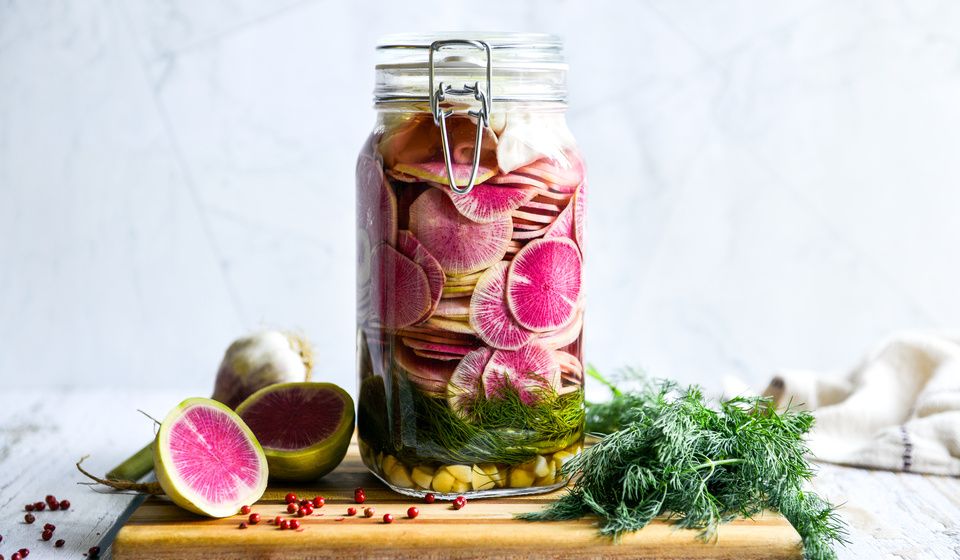
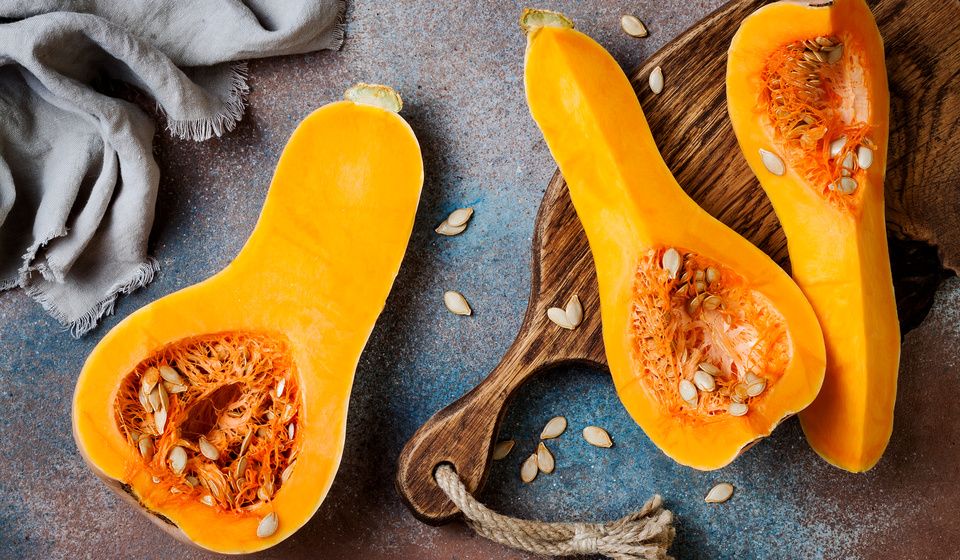
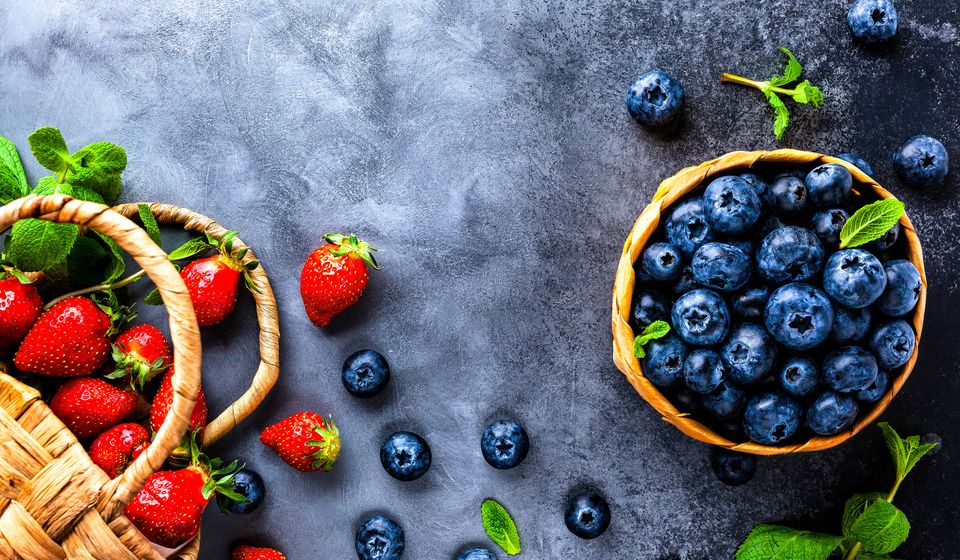

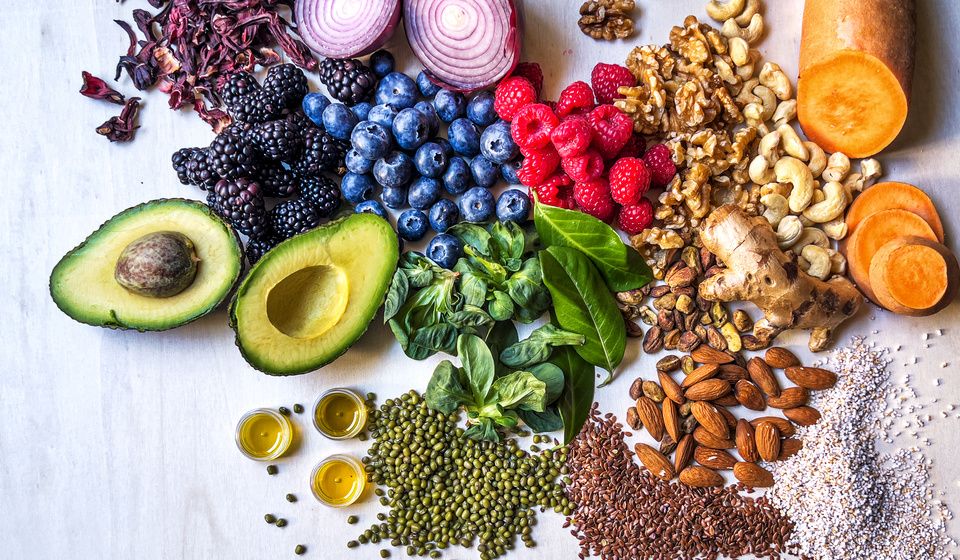
Add Comment
Comments
To Alissa: I don't mind if…
To Alissa: I don't mind if you "steal" my brussel sprouts recipe. Go ahead and share it as one of yours. It's my own creation, and I give it as a gift to you. Thank you for all the wonderful recipes that you have given me!
Hi Pati,
Thanks so much for…
Hi Pati,
Thanks so much for the Brussels sprouts recipe! Yum!
Ali 💚
I substitute bread crumbs…
I substitute bread crumbs with ground sunflower seeds!
I make my own flour by putting oats in the blender.
Holiday Brussels Sprouts
Saute a large onion with dried parsley, marjoram, salt and pepper.
Add garlic (optional) and saute.
Add ground or whole sunflower seeds and toast until light brown.
Add brussel sprouts cut in half and saute until cooked.
I use a regular skillet, but any pan will work. I always use a lot of parsley in my cooking. For this I would use 2-3 tablespoons of parsley and 1 tablespoon or more of marjoram.
One cup or more of sunflower seeds.
1-2 pounds of brussel sprouts, to fill the pan.
Cook on medium to start and continue on medium low, stirring frequently.
Substitute broccoli for the brussel sprouts and use oregano instead of marjoram.